This article is brought to you by Datawrapper, a data visualization tool for creating charts, maps, and tables. Learn more.
Data Vis Dispatch, November 22
The best of last week’s big and small data visualizations
Welcome back to the 69th edition of Data Vis Dispatch! Every week, we’ll be publishing a collection of the best small and large data visualizations we find, especially from news organizations — to celebrate data journalism, data visualization, simple charts, elaborate maps, and their creators.
Recurring topics this week include the end of COP27, the start of the FIFA World Cup, and the crossing of the eight billion population mark.
This year’s United Nations Climate Change Conference ended in Egypt last week, becoming the second-longest one to date. The attention of data journalists around the world shifted from U.S. politics back to climate. Charts covered everything from temperatures to energy and carbon offsets.
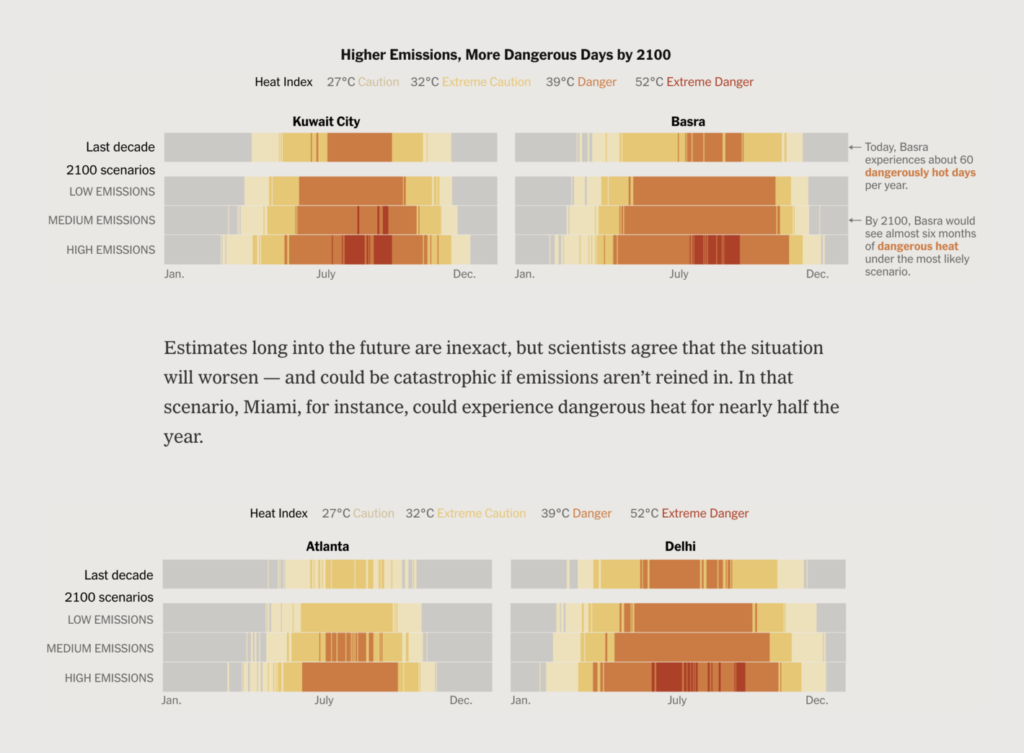

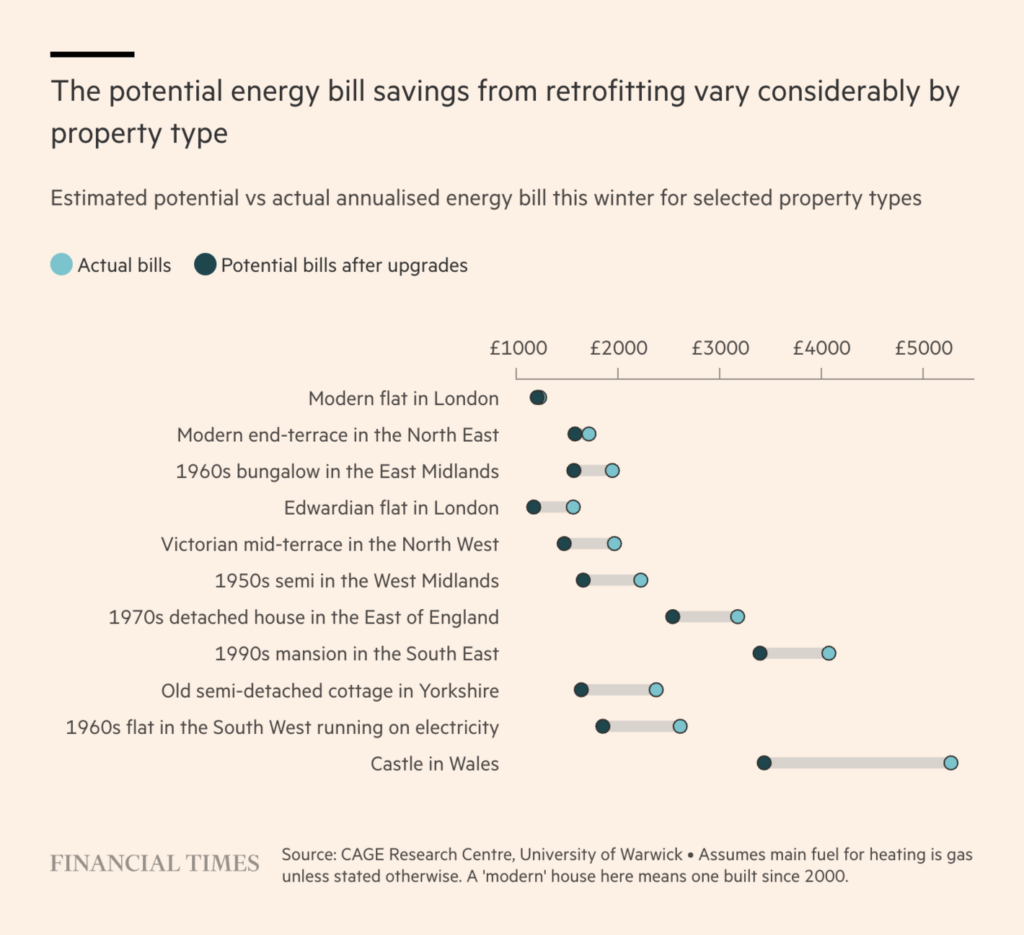

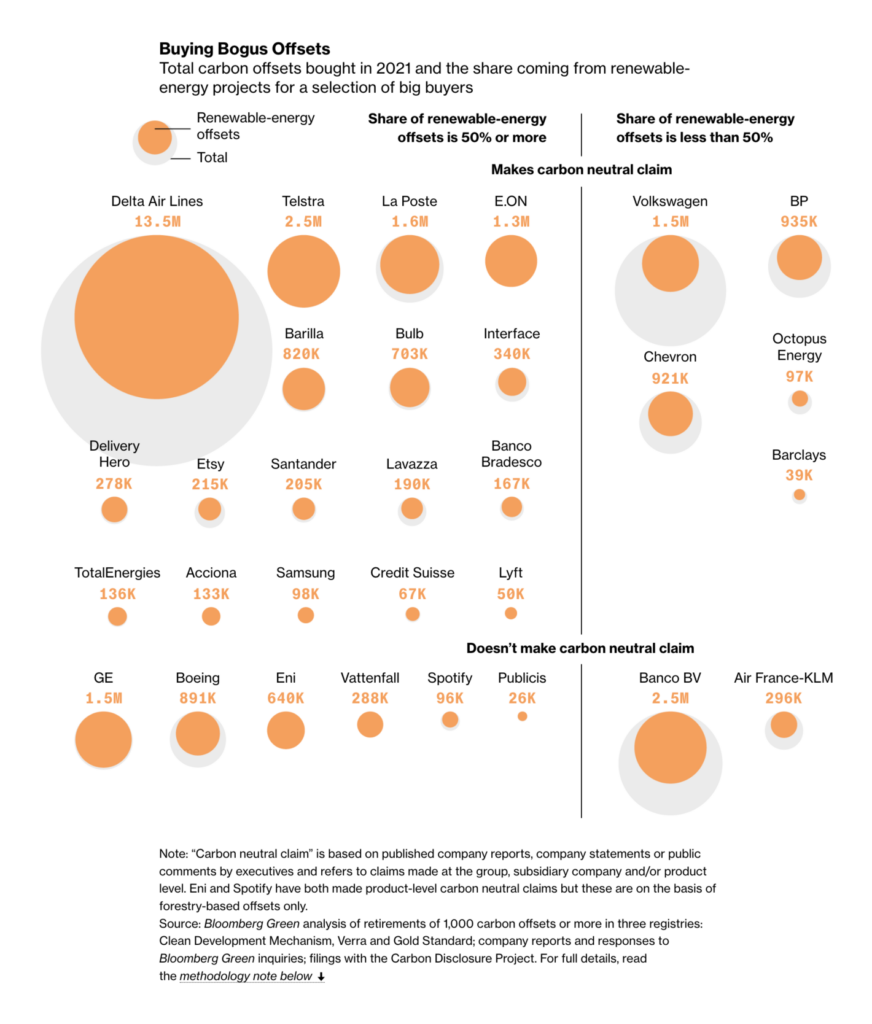

The beginning of the FIFA World Cup in Qatar sparked a lot of excitement and controversy. Newsrooms charted both sides: the sports and the costs.




On November 15th, the world’s population passed the eight billion mark, thanks to a fourfold increase in less than 100 years. What does that look like, which countries contributed the most, and what is predicted to happen next?

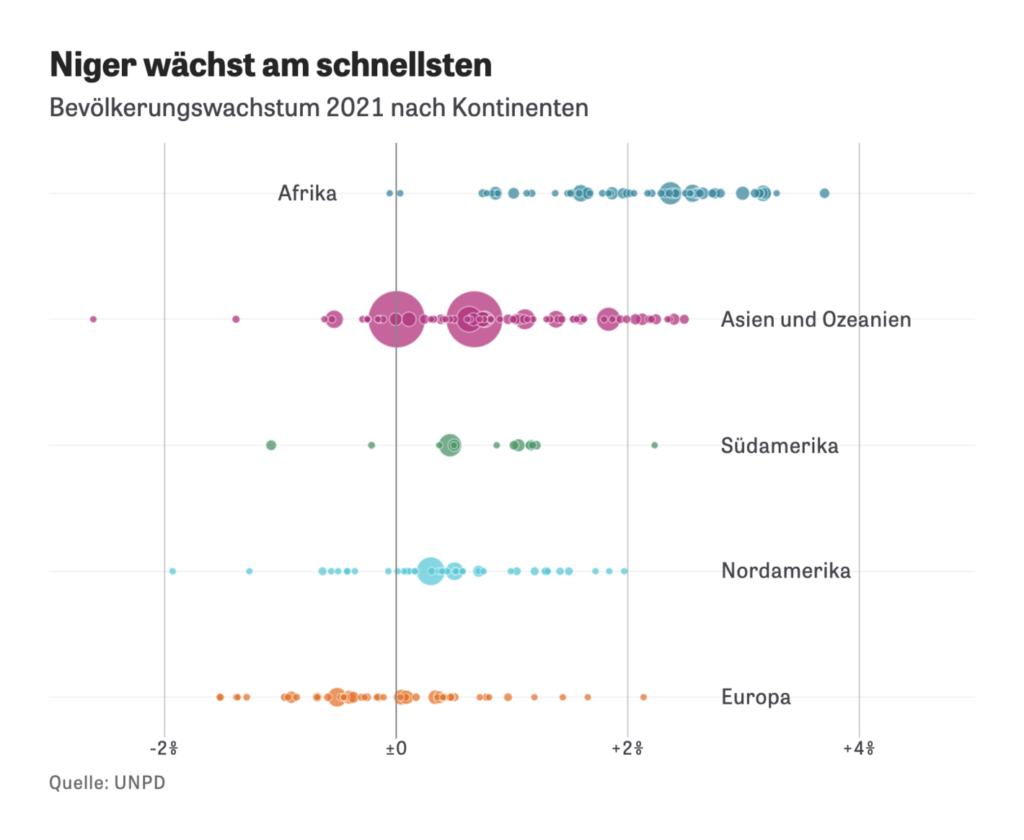
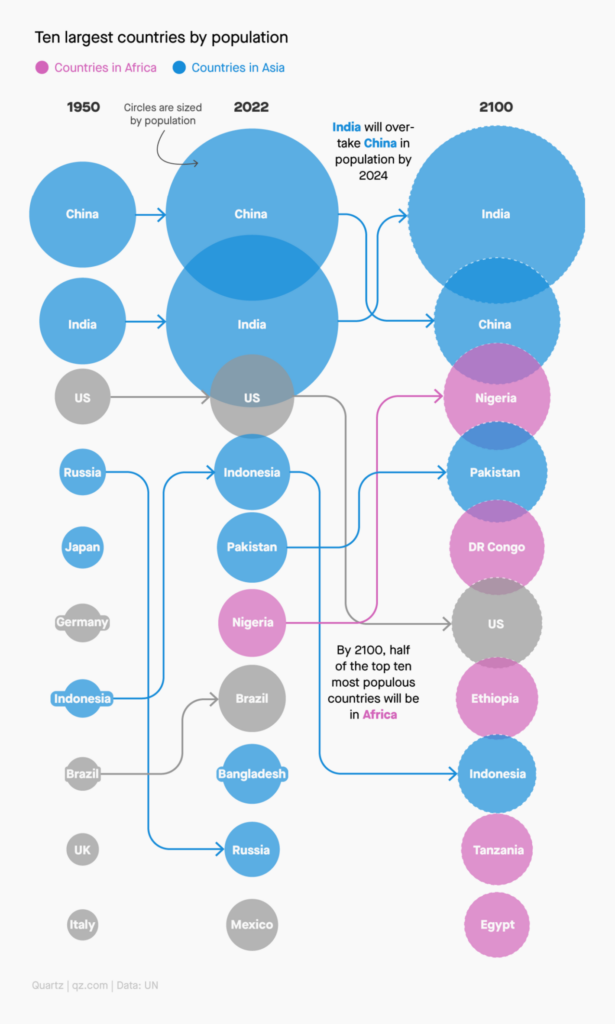
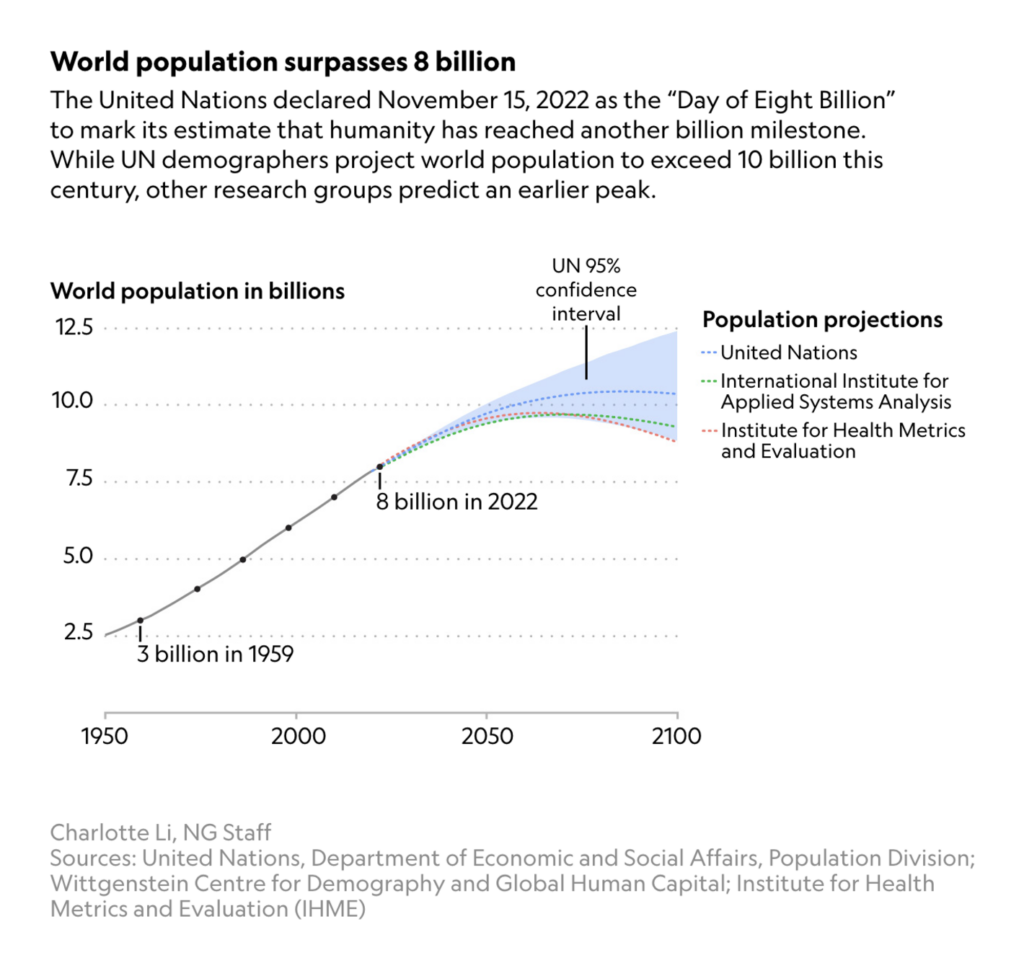
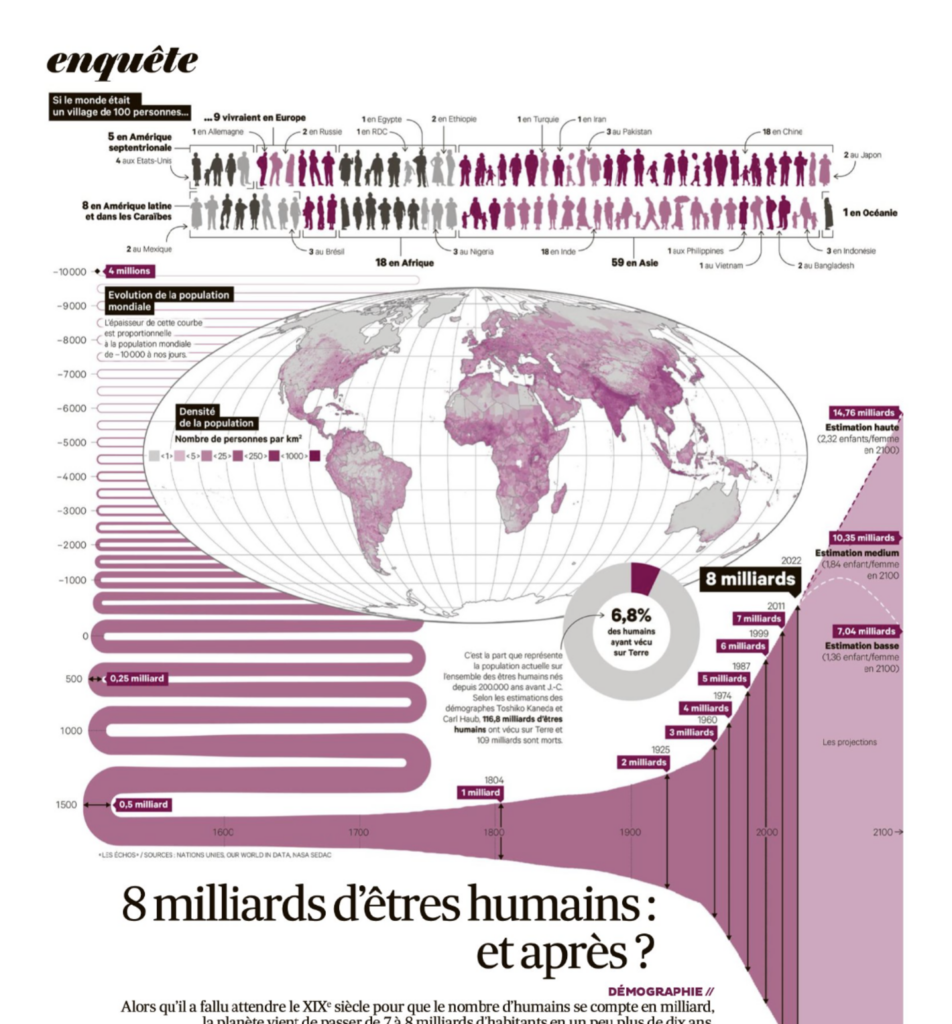
As soon as the U.S. midterm elections passed, Donald Trump announced his next run for president. The country remains politically divided over key issues.
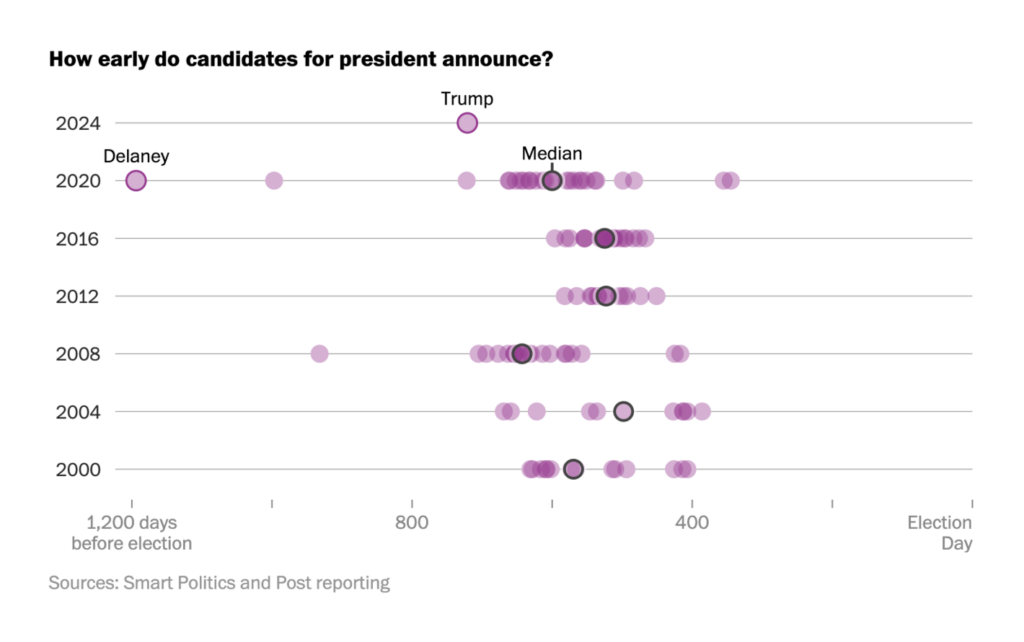
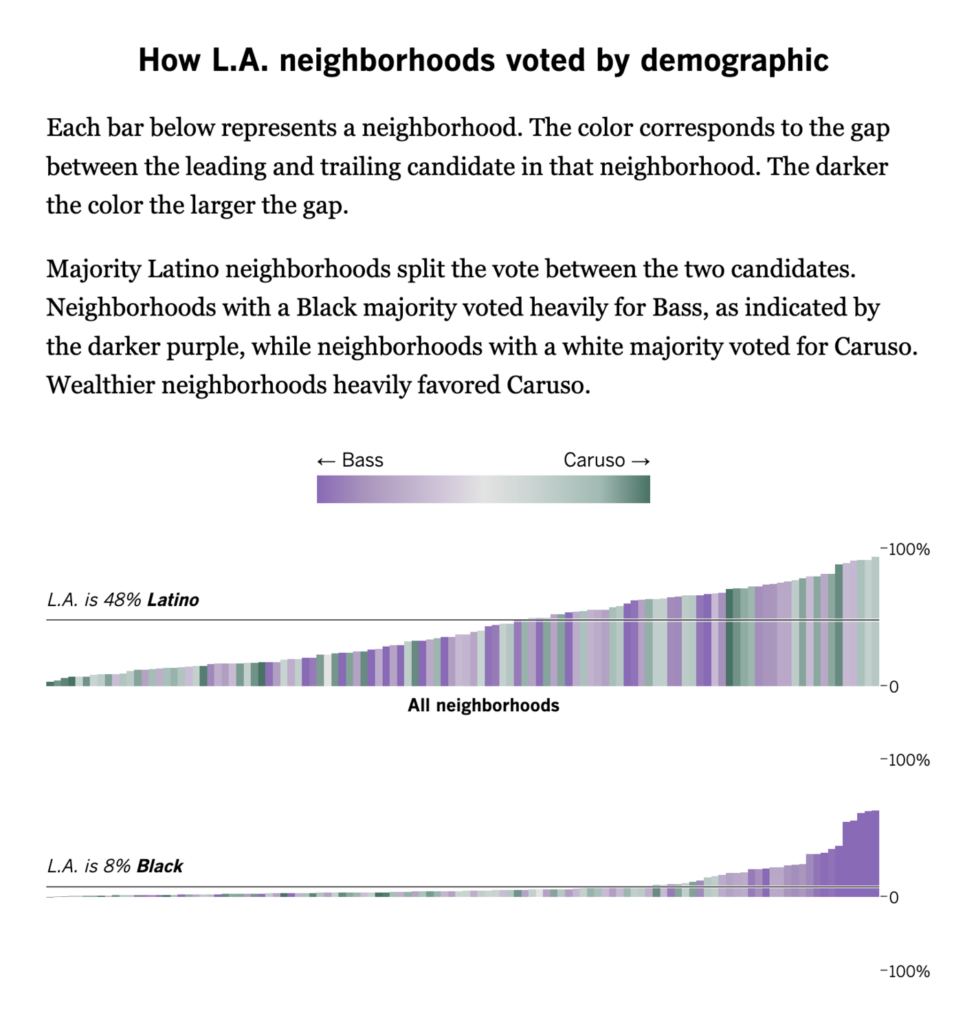

Other data visualizations of the week covered NATO’s defense spending, missiles from North Korea, evictions in Spain, and the collapse of a cryptocurrency exchange.
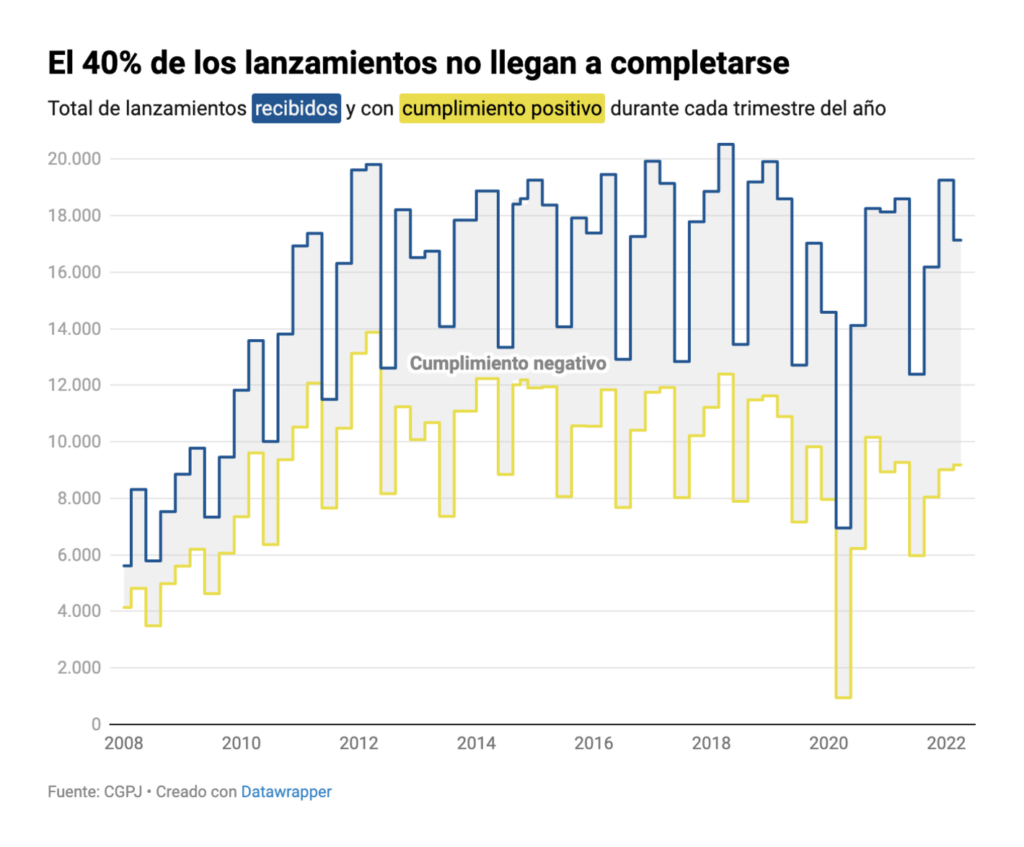
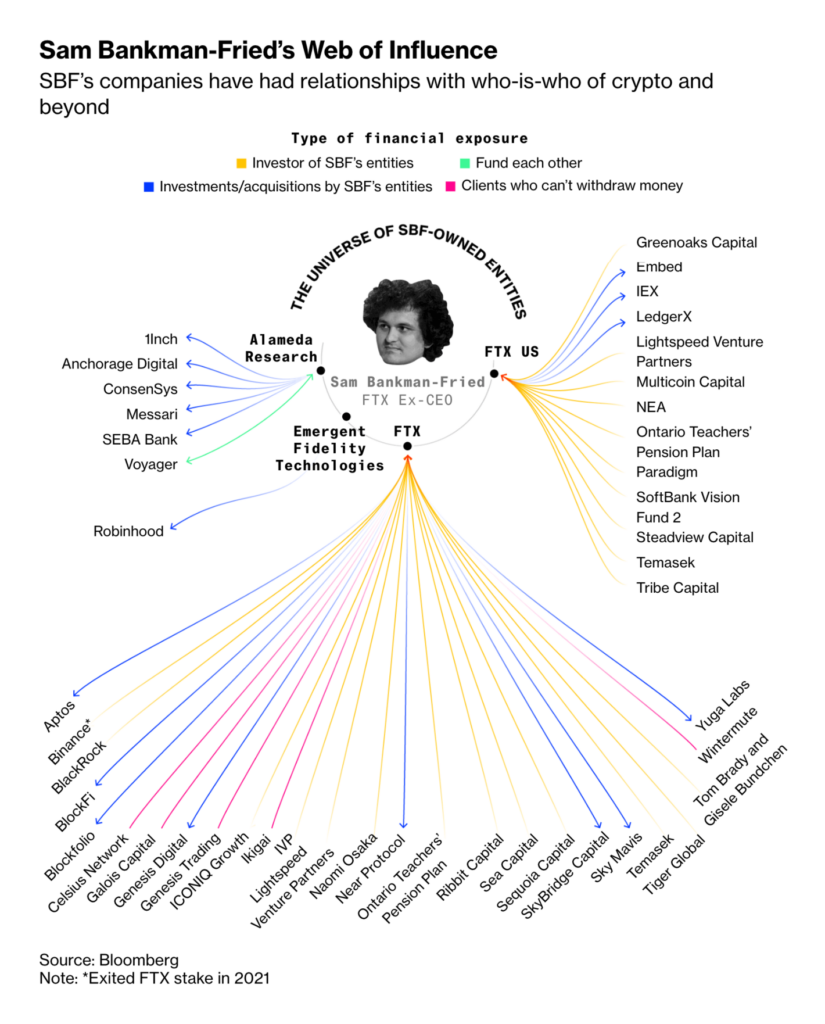
Last but not least, the third full week of the #30DayMapChallenge brought a number of unusual maps inspired by nature and created without a computer.

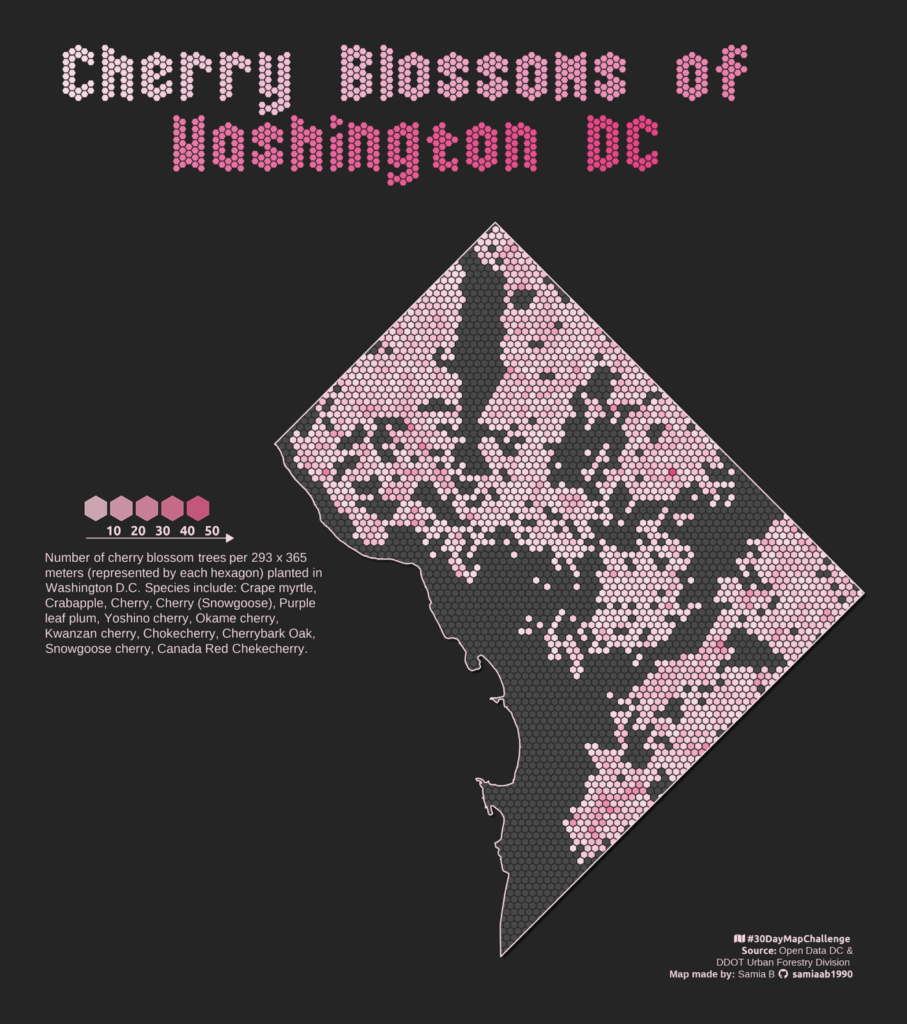
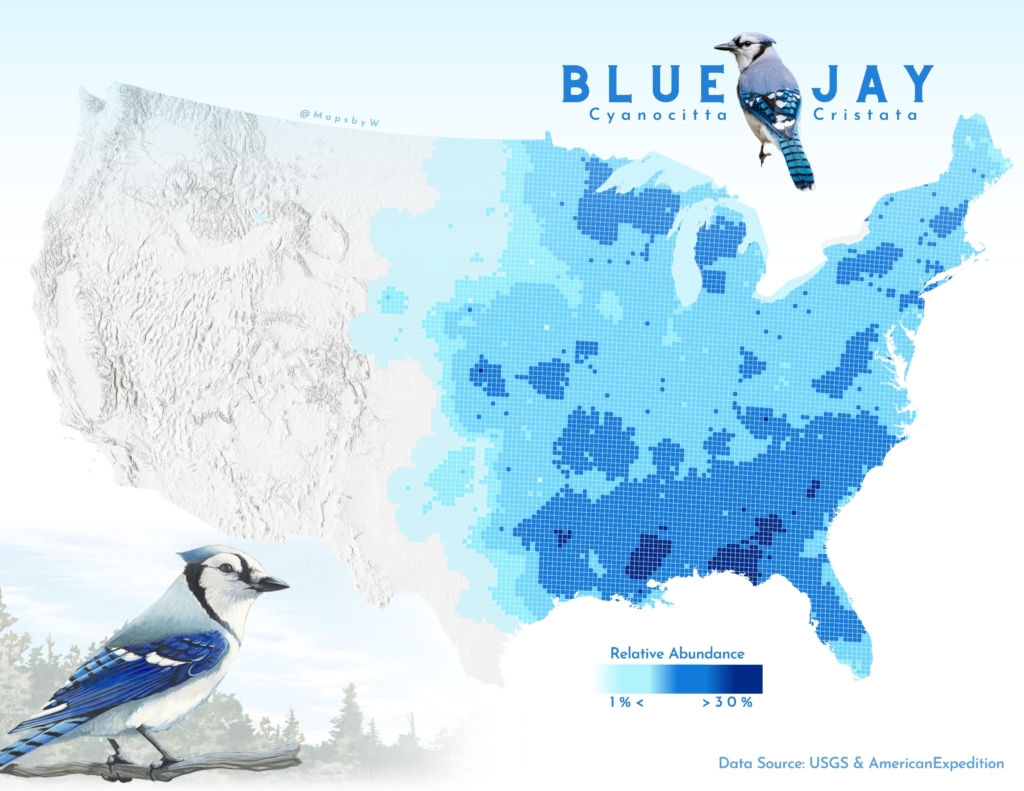

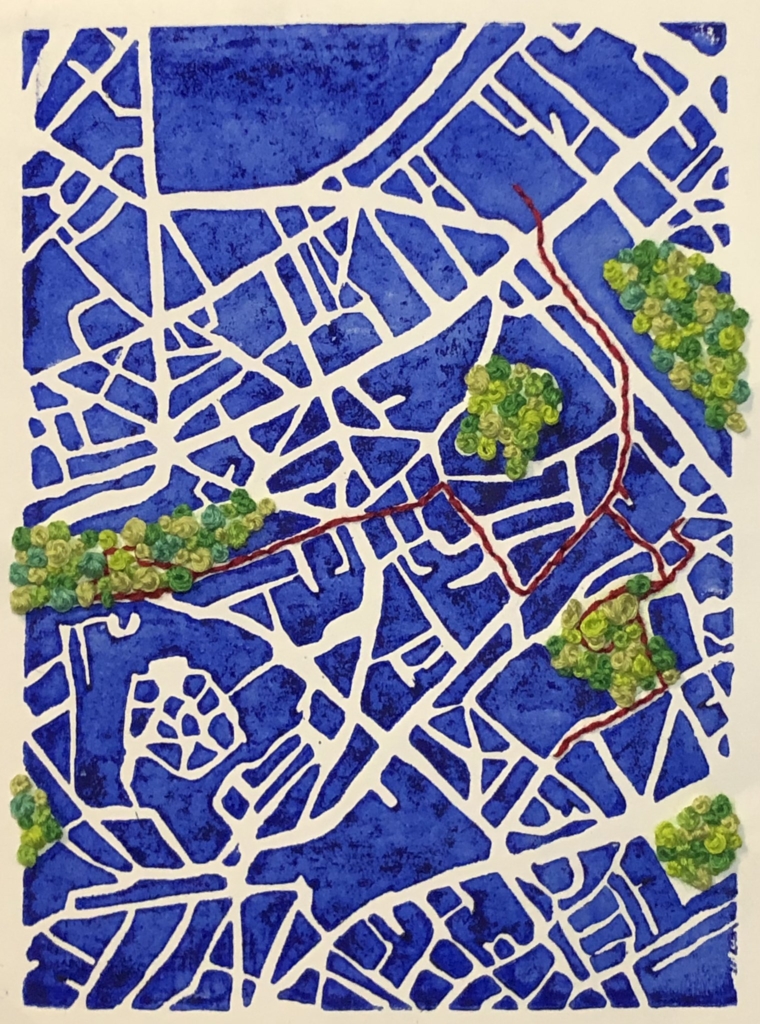

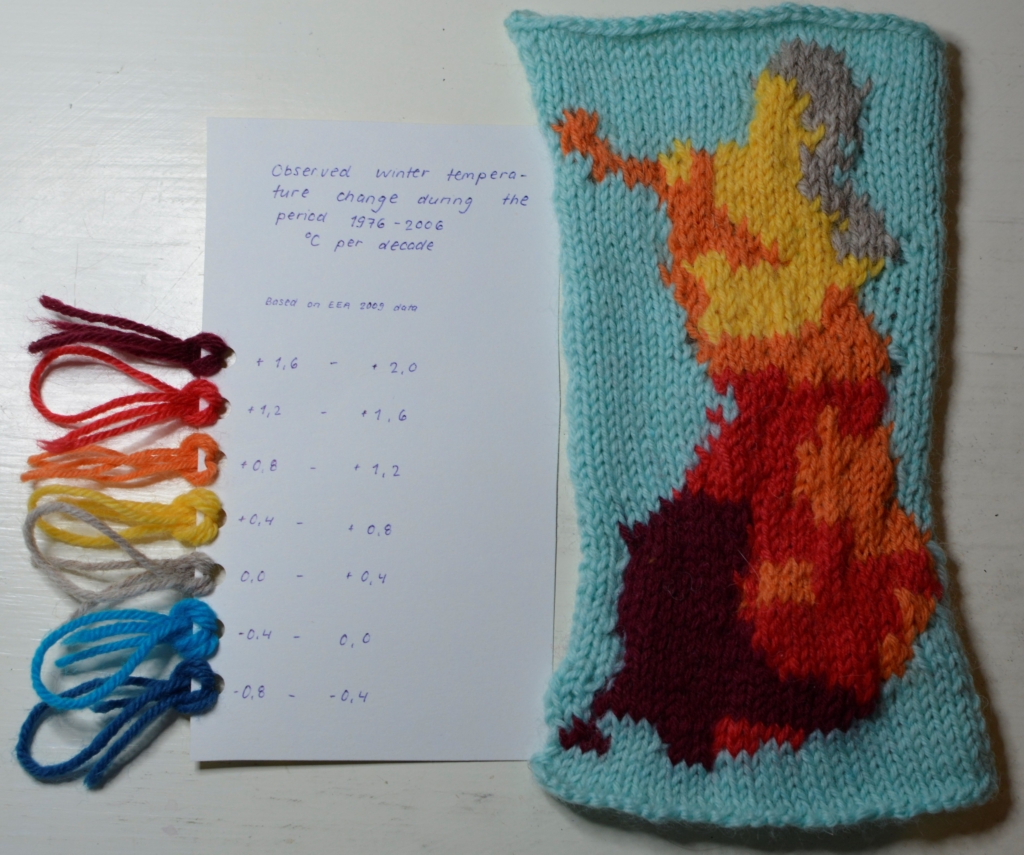
What else we found interesting

Applications are open for…
- Research Data Analyst at Epoch (remote)
- Infographic Designer – Illustrator at South China Morning Post (Hong Kong)
Help us make this dispatch better! We’d love to hear which newsletters, blogs, or social media accounts we need to follow to learn about interesting projects, especially from less-covered parts of the world (Asia, South America, Africa). Write us at hello@datawrapper.de or leave a comment below.
Want the Dispatch in your inbox every Tuesday? Sign up for our Blog Update newsletter!




Comments